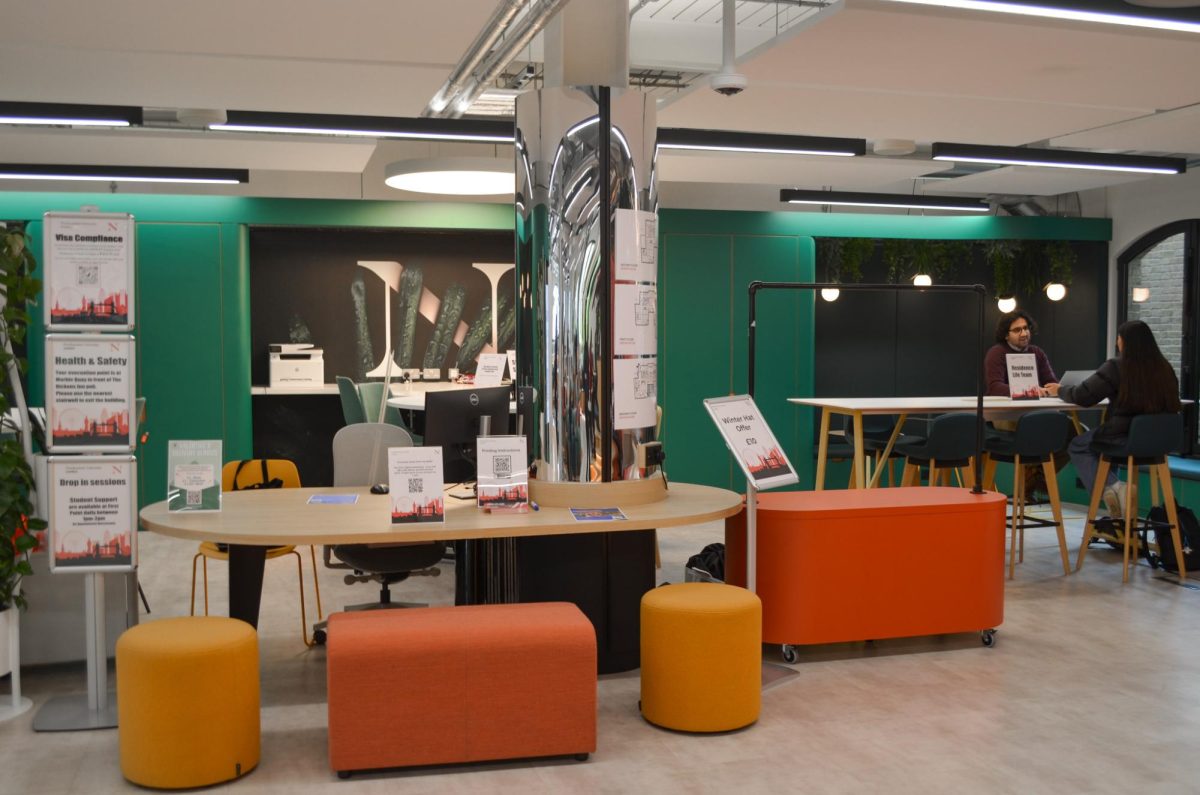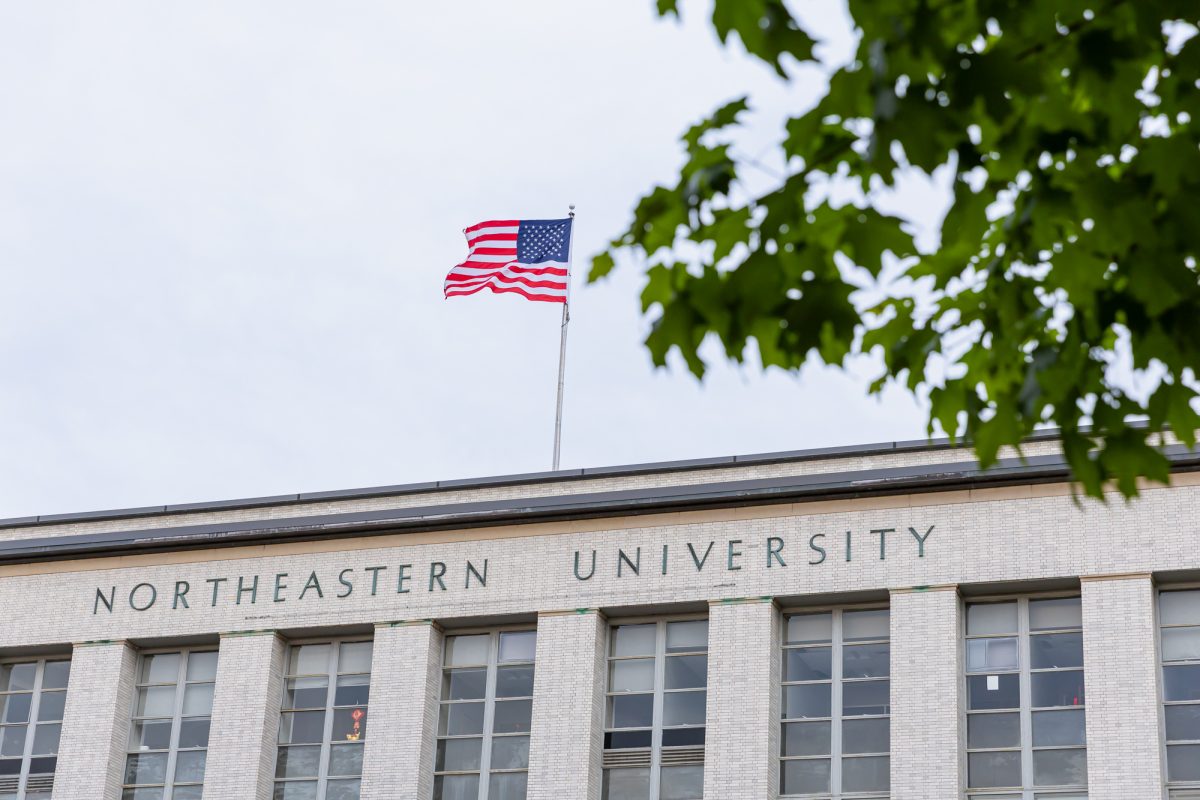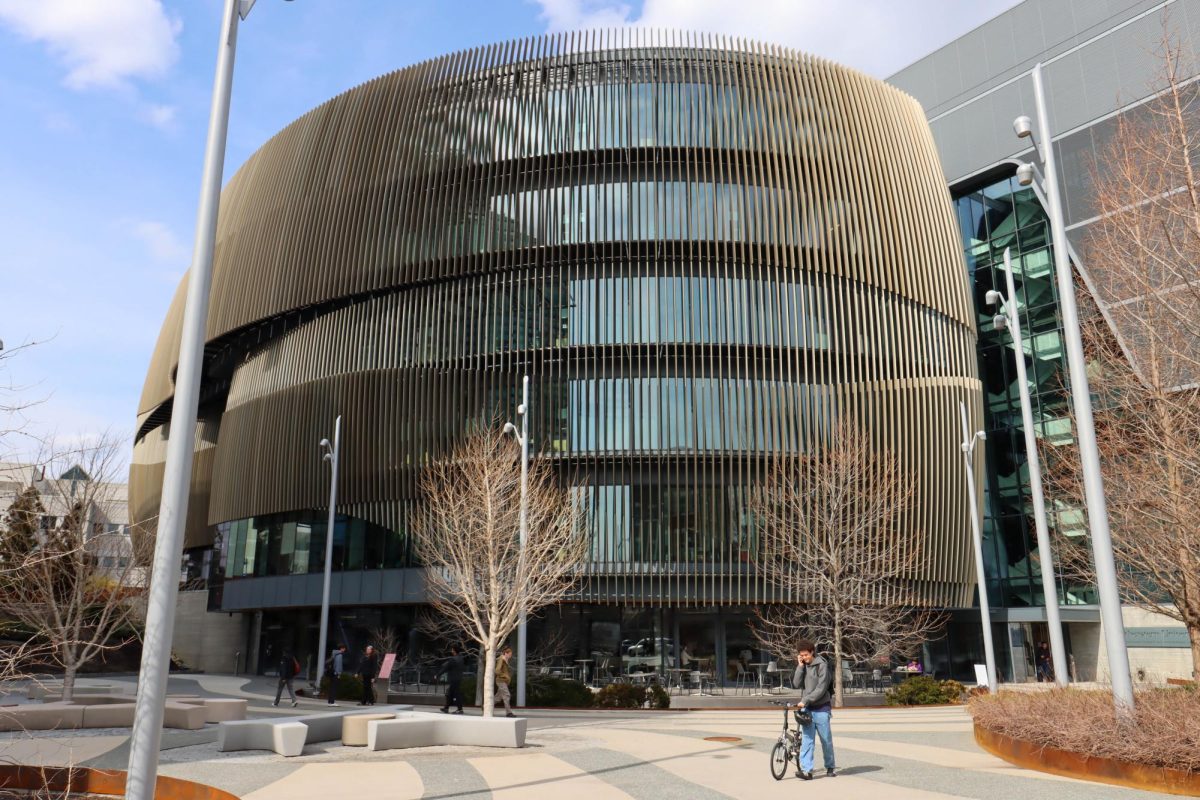By Naomi Stapleton, news correspondent
NASA is set to deliver a prototype humanoid robot destined for a Mars mission to Northeastern University (NU) this month, launching the research stage of a process that was approved last November.
Two research teams, one based at Northeastern and one at Massachusetts Institute of Technology (MIT), will each receive $250,000 over two years for research as well as virtual technical support from NASA according to associate professor of electrical and computer engineering Taskin Padir. The robot, called R5, is designed to aid astronauts in potentially hazardous space exploration.
Padir, the principal investigator, will lead his team’s project ATHENA – Accessible Testing on Humanoid-Robot-R5 and Evaluation of NASA Administered – in enhancing the robot’s perceptual and locomotive abilities.
“[The robot] is cutting-edge NASA hardware,” he said. “NASA is committed to a Mars mission in the 2030s, so the concept is why don’t we send supplies and materials that [the astronauts] will need in advance. The idea is to develop these robots that can build the settlement and make repairs until the astronauts arrive.”
Padir said this presents interesting research challenges since the robot will need to be able to identify problems and be dexterous enough to solve them. These capabilities will also facilitate human-robotic collaboration.
“If you’ve seen ‘The Martian’, you know that between cold temperatures, desert-like dryness and blinding dust storms, Mars is terribly inhospitable for humans,” said James Hudon, Ph.D., and part-time lecturer in the mathematics and physics departments at Northeastern. “For the NU community, the excitement is getting a first-hand opportunity to bring these robots to life, as it were.”
Robert Platt, the co-principal investigator and an assistant professor in Northeastern’s College of Computer and Information Science, said this is exciting news for the university. NU undergraduates with varied skill sets can apply to work on the project through the Robotics and Intelligent Vehicles Research Laboratory website, which houses the ATHENA program.
“NASA chose Northeastern for this project because of our strong robotics research program, [which] makes Northeastern more visible to the robotics community,” Platt said. “It gives our students an amazing opportunity to work and do research on the Valkyrie robot platform. It will enable us to do even more exciting research going forward.”
Senior environmental engineering major Maria George has high hopes for the research team.
“I look forward to the day I can proclaim that my alma mater’s humanoid robotics research helped make Mars and deep space exploration a reality,” George said.
Photo by Robert Smith















